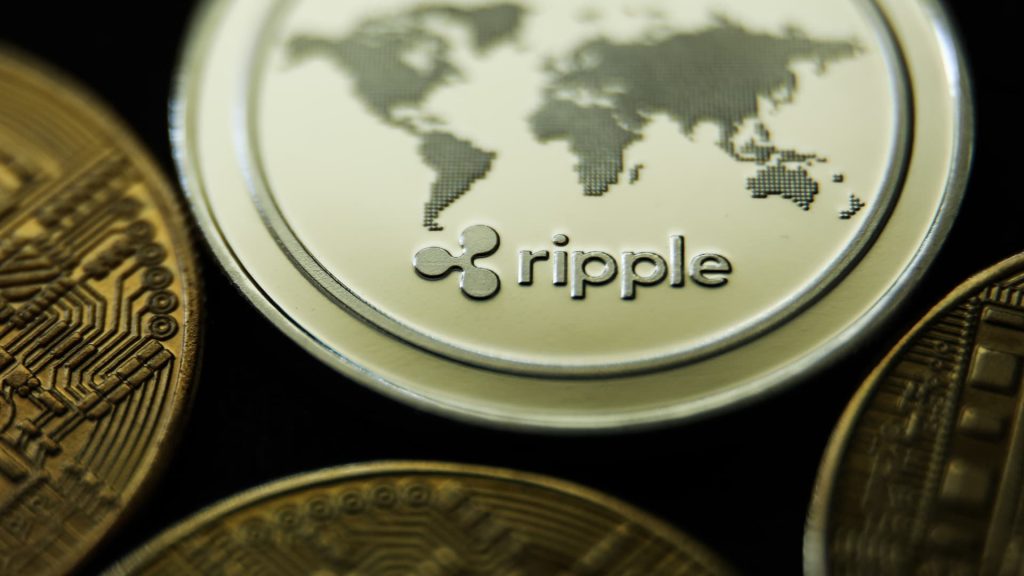Crypto startup Ripple has entered the stablecoin market with the launch of a digital currency pegged to the U.S. dollar. The stablecoin will be backed 1-to-1 by U.S. dollar deposits, government bonds, and cash equivalents held by Ripple. The company will provide monthly reports on its reserves, but has not disclosed the auditing firm. Ripple plans to launch its stablecoin first in the U.S. and may expand to other markets like Europe and Asia. The move will position Ripple against current stablecoin leaders Tether and USDC, as well as PayPal, who recently launched their own stablecoin called PayPal USD.
Ripple CEO Brad Garlinghouse explained that the decision to introduce a stablecoin was made in response to issues faced by other stablecoin issuers. Tether’s USDT token temporarily lost its peg in 2022, and USDC slipped below $1 in 2023. Some critics question Tether’s reserves and its ability to withstand a “bank run.” Garlinghouse cited uncertainty among U.S. regulators regarding the current stablecoin market leader, without naming specific firms. He emphasized Ripple’s regulation in multiple countries and its commitment to compliance.
The introduction of a stablecoin by Ripple is also part of the company’s efforts to promote its existing product, On-Demand Liquidity, which aims to facilitate rapid transactions between banks and financial institutions using XRP as a bridge currency. Earlier attempts by Ripple to promote XRP for cross-border payments faced challenges, with partners like Santander and MoneyGram opting not to use XRP due to various reasons. Garlinghouse reiterated that Ripple has not abandoned XRP as a payment token and sees stablecoins as a complementary product for its ecosystem.
Ripple is currently in a legal battle with the U.S. Securities and Exchange Commission (SEC) over the sale of XRP to investors. While a court ruled that XRP is not inherently a security, it deemed sales to institutions as unlawful securities sales. The SEC is seeking $2 billion from Ripple in the lawsuit, but Garlinghouse believes the final settlement amount will be in the millions rather than billions of dollars. Despite the ongoing legal challenges, Ripple continues to innovate and expand its offerings.
The stablecoin market is a competitive space with various players vying for dominance. Ripple’s entry into this market adds another dimension to its suite of offerings and positions the company as a potential challenger to established stablecoin issuers. By leveraging its existing products and technologies, Ripple aims to carve out a niche for itself in the stablecoin ecosystem. With a clear focus on regulatory compliance and transparency, Ripple seeks to differentiate itself from competitors and build trust among users and investors.
As the stablecoin market continues to evolve, Ripple’s strategic decision to launch a stablecoin reflects its commitment to innovation and growth. By introducing a USD-backed stablecoin and emphasizing its regulatory compliance, Ripple aims to address gaps in the stablecoin market and provide a reliable alternative to existing offerings. With a focus on supporting its ecosystem and fostering liquidity on the XRP Ledger, Ripple is poised to navigate the challenges and opportunities in the stablecoin space, while also addressing legal hurdles and regulatory scrutiny.















